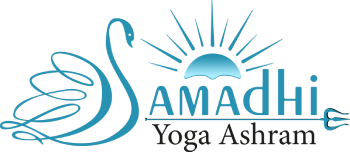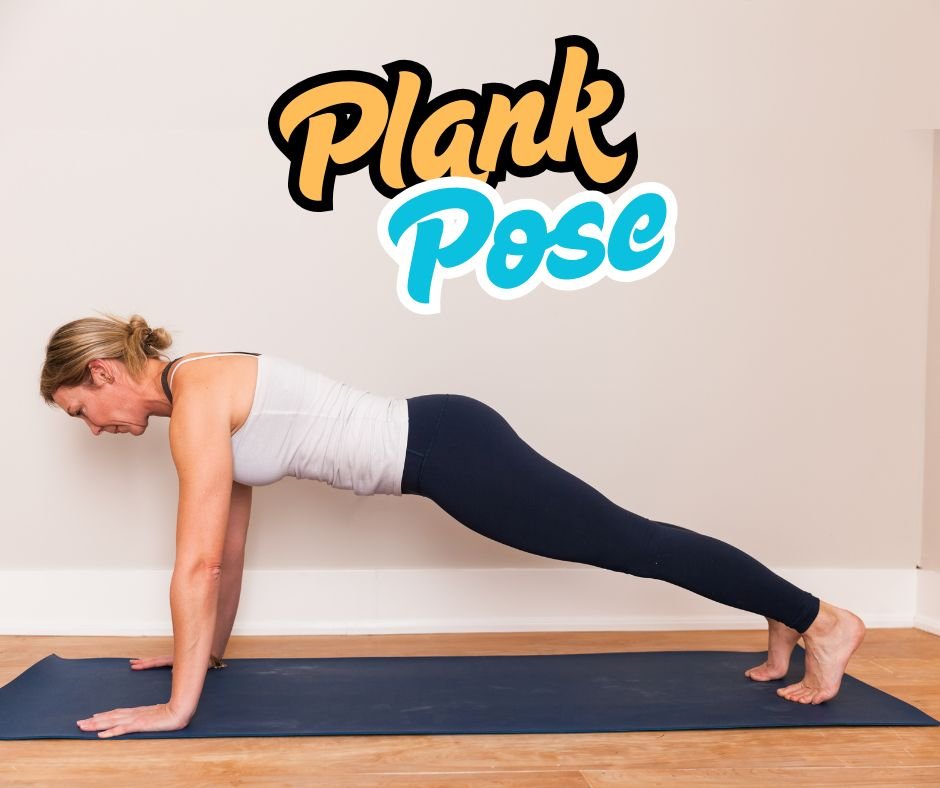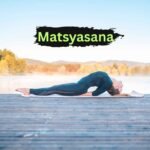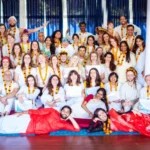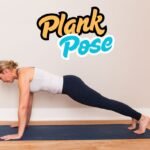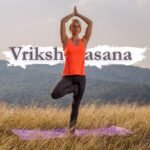If you are a yoga enthusiast or serious practitioner, you will love this pose. Known by an entirely different name in Sanskrit, Plank Pose (Phalakasana), this is a popular one. Even before you have probably headed to a yoga school, you must have practiced this pose all by yourself. But, if you want to master it, then you must choose the yoga teacher training in India. This is one of the most elaborate trainings conducted in India, the birthplace of yoga. You will be able to learn the procedure, benefits, contraindication and a lot more.
Plank Pose In The 200 Hour Yoga Teacher Training in India
You have to hold the body parallel to the floor, in this pose. Some yogis also call it Kumbhakasana. In traditional times before you lowered your body into the plank pose, you had to hold your breath, and that is why the name Kumbhakasana came in. This is one of the main prone position poses in yoga. This pose is a versatile one, as it is practiced in yoga, Pilates, and many other exercise modalities.
Most of you think that the Plank pose works on the core muscles. However, it does a lot more than that. When you join a 200 hour yoga teacher training in India, you get a fair idea about what it does for the body as a whole. Read on to know about the same.
Benefits Of Practicing Plank Pose
- You can practice this pose almost anywhere, and you do not practically need anything. That is why it is so convenient. And it takes a few minutes.
- It indirectly fixes the back muscles. This is what most practitioners do not realize. The Plank pose is extremely versatile for a reason. When your core is strong, your back muscles also are hard.
- If you are athletic, then you must practice planks to avoid injuries. If you are into weight lifting, then you might face bad injuries, without a strong core. So, it benefits athletes.
Planks work on a variety of muscles. Let us find out about them. If you want more detail, you should join a yoga teacher training in India.
Plank Pose – Muscles It Works On
Everyone knows that the Plank pose works on the core muscles. But it does not stop at that. It works on four different muscles in the body. Let us find out which ones.
- Back Muscles – The plank pose works on Multifidus, Quadratus lumborum, Latissimus dorsi and Erector spinae. The first ones are the small muscles that are placed along the length of the spine. The second one in order stabilizes the lumbar spine. The third one helps in shoulder joint and arm movements. And lastly, the fourth lot, helps in the extension and rotation of the spine.
- Hip Flexors – These legs are responsible for lifting the legs towards the body. In fact, they are deeply involved in activities like running, jogging, climbing etc.
- Posterior Leg Muscles – These include the hamstrings and glutes. When you do Phalakasana, all these muscles get a thorough workout.
- Abdominal Muscles – The Rectus abdominis, Transversus abdominis and Internal and external obliques comprise this group. So, this is what is most evident. Whenever someone teaches you planks at the local gym, they will tell you about core strength. However, this is just one part of planks.
To understand how all the above muscle groups in your body get involved, you must know the right process to do planks. When you join a 200 hour yoga teacher training in India, the best teachers teach you the entire procedure with safety in mind.
How To Do Phalakasana?
- You have to start on all fours. Slowly move the body forward placing the forearms flat on the ground. Your elbows should be directly under your shoulders on the ground, too.
- Place the toes of the feet on the floor for support, with heels upwards. The legs must be extended backward.
- Keep the forearm and elbows glued to the ground, while lifting the abdomen and legs off the floor. To make a straight line with the floor, squeeze the glutes, hamstrings and quads. This is the right way. You have to gaze ahead of yourself.
- You can hold the pose for a desired length of time, as per your comfort levels. You can hold it for a whole 1 minute as well.
- Most do three reps.
You can also do side planks. The only difference there is that you lie on one side of your body, with one elbow for support. The Yoga Teacher Training in Rishikesh covers planks.
Final Thoughts
You can head to the best yoga school, Samadhi Yoga Ashram today to start your yoga journey. The school is a registered one that confers students with RYT 200 certification. After completing the yoga teacher training in India successfully, you can also enrol for the advanced courses. The best yoga experience awaits you at Samadhi Yoga Ashram today.
